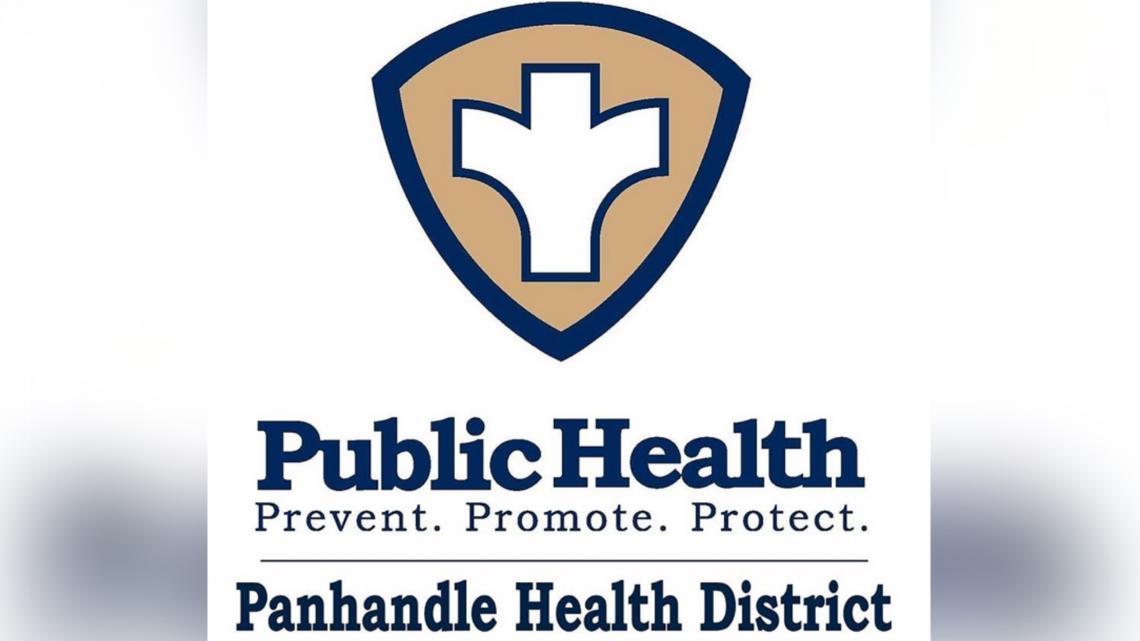Kootenai County moves forward on Panhandle Health District enforcement of aquifer protection rules


Kootenai County Moves Closer to Authorizing Panhandle Health District to Enforce Aquifer Protection Rules

Introduction
Kootenai County took a significant step this week towards granting Panhandle Health District (PHD) the authority to enforce regulations governing the handling of chemicals by businesses located over the Rathdrum Prairie Aquifer. The move aligns with the Sustainable Development Goals (SDGs) set by the United Nations, particularly Goal 6: Clean Water and Sanitation.
Background
Since 1997, PHD has been responsible for administering the aquifer protection rules. However, the Idaho Legislature recently determined that health districts are not state agencies and therefore lack independent rulemaking and enforcement authority.
“The state legislature stripped away PHD’s (Idaho Administrative Procedure Act) rule,” explained Community Development Director David Callahan.
Consequently, counties and municipalities have adopted ordinances that empower health districts to carry out specific functions. The cities of Coeur d’Alene and Post Falls have already implemented new ordinances for critical materials management and established memorandums of understanding with PHD for inspections and enforcement.
County Recommendation
Kootenai County planning and zoning commissioners unanimously voted on Thursday to recommend the adoption of an ordinance authorizing PHD as the enforcement agency for the critical materials program. This program focuses on managing the handling of materials that have the potential to contaminate groundwater below the aquifer.
Protecting the Aquifer
Jenny Gray, the aquifer protection coordinator for Panhandle Health District, emphasized the crucial role of safeguarding the aquifer from contamination. The aquifer serves as the primary source of drinking water for hundreds of thousands of people, making its protection vital for achieving SDG 6.
Conclusion
To read the full story, please visit our news partners, the Coeur d’Alene Press.
SDGs, Targets, and Indicators Analysis
1. Which SDGs are addressed or connected to the issues highlighted in the article?
- SDG 6: Clean Water and Sanitation
- SDG 11: Sustainable Cities and Communities
- SDG 12: Responsible Consumption and Production
The article discusses the enforcement of rules regarding the handling of chemicals over the Rathdrum Prairie Aquifer, which is a source of drinking water for hundreds of thousands of people. This issue is directly related to SDG 6, which focuses on ensuring access to clean water and sanitation. Additionally, the article mentions the adoption of ordinances for critical materials management by cities, which aligns with SDG 11’s goal of creating sustainable cities and communities. Lastly, the management of materials with the potential to contaminate groundwater falls under SDG 12’s objective of promoting responsible consumption and production.
2. What specific targets under those SDGs can be identified based on the article’s content?
- SDG 6.3: By 2030, improve water quality by reducing pollution, eliminating dumping, and minimizing release of hazardous chemicals and materials.
- SDG 11.6: By 2030, reduce the adverse per capita environmental impact of cities, including by paying special attention to air quality and municipal and other waste management.
- SDG 12.4: By 2020, achieve the environmentally sound management of chemicals and all wastes throughout their life cycle, in accordance with agreed international frameworks, and significantly reduce their release to air, water, and soil to minimize their adverse impacts on human health and the environment.
Based on the article’s content, the specific targets that can be identified are reducing pollution and minimizing the release of hazardous chemicals and materials (SDG 6.3), improving waste management in cities (SDG 11.6), and achieving environmentally sound management of chemicals and wastes (SDG 12.4).
3. Are there any indicators mentioned or implied in the article that can be used to measure progress towards the identified targets?
Yes, the article implies the use of indicators to measure progress towards the identified targets. The indicators mentioned or implied in the article include:
- Enforcement of rules and ordinances for handling chemicals over the Rathdrum Prairie Aquifer
- Inspections and enforcement carried out by Panhandle Health District
- Reduction in the release of hazardous chemicals and materials
- Improvement in waste management practices
These indicators can be used to measure progress towards the targets of reducing pollution, improving waste management, and achieving environmentally sound management of chemicals and wastes.
4. SDGs, Targets, and Indicators Table
| SDGs | Targets | Indicators |
|---|---|---|
| SDG 6: Clean Water and Sanitation | 6.3: By 2030, improve water quality by reducing pollution, eliminating dumping, and minimizing release of hazardous chemicals and materials. | – Enforcement of rules and ordinances for handling chemicals over the Rathdrum Prairie Aquifer – Reduction in the release of hazardous chemicals and materials |
| SDG 11: Sustainable Cities and Communities | 11.6: By 2030, reduce the adverse per capita environmental impact of cities, including by paying special attention to air quality and municipal and other waste management. | – Inspections and enforcement carried out by Panhandle Health District – Improvement in waste management practices |
| SDG 12: Responsible Consumption and Production | 12.4: By 2020, achieve the environmentally sound management of chemicals and all wastes throughout their life cycle, in accordance with agreed international frameworks, and significantly reduce their release to air, water, and soil to minimize their adverse impacts on human health and the environment. | – Enforcement of rules and ordinances for handling chemicals over the Rathdrum Prairie Aquifer – Reduction in the release of hazardous chemicals and materials |
Source: krem.com








